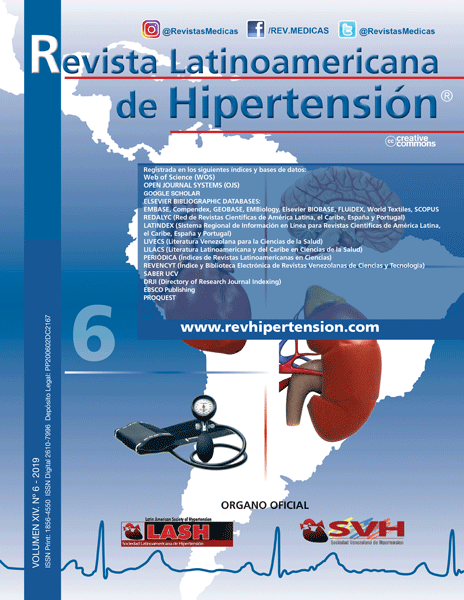A comparative study of the effectiveness of case-based learning and lecturing in enhancing nursing students’ skills in diagnosing cardiac dysrhythmias
Palabras clave:
Cardiac Dysrhythmia, Comparative Studies, Nursing Student, Education.Resumen
Introduction: As one of the modern methods of learning,case-based learning is playing an important partin medical education today. The present study aims tocompare case-based learning and lecturing in terms oftheir effectiveness in enhancing nursing students’ skillsin diagnosing cardiac dysrhythmias.Method: The present study is an interventional workconducted in a nursing school in the south-west of Iranin 2019. Data were collected using a researcher-madequestionnaire. Also, clinical questions embedded in scenarioswere asked to assess the students’ skills in diagnosingcardiac dysrhythmia. The collected data wereanalyzed using SPSS v.22 and the statistical tests, independentT test and Chi Square test. The significancelevel value was considered as p<0.05Results: 45 (75%) of the participants were femaleand 15 (25%) were male. The mean of their ages was23.45±1.6. The majority of the students 88.3% werefound to rate case-based learning as better than lecturingand were highly satisfied with the former approach(8.66±1.33 out of 10). Also, the results of the evaluationsof the students’ clinical skills in diagnosing cardiac dysrhythmiaswere as follows: a mean score of 14±1.65 forlecturing and 17±1.38 for case-based learning.Conclusion: Compared to lecturing, case-based learningis a more effective method for educating nursing studentsabout cardiac dysrhythmias and enhancing theirdiagnostic skills. Accordingly, it is recommended that thismodern learning approach be employed in other lessonsfor nursing students and other medical majors.Descargas
Los datos de descargas todavía no están disponibles.

